1938
IT HAPPENED IN…1938
German aggression in Europe was a major issue
with concern about the possibility of war.
The House Un-American Activities Committee was
formed.
The U.S. minimum wage for workers was raised from
25¢ to 40¢ per hour.
There were over 32,000 automobile-related deaths,
with one-third involving pedestrians.
Walt Disney’s
Snow White and the Seven
Dwarfs was the top movie money maker.
Movie attendance dropped 40%.
The Music Appreciation Hour, a national radio
network program, was heard by seven million school children each
week.
Orson Welles’ radio program
War of the Worlds caused
widespread panic when listeners believed the authentic-sounding news
reports of an invasion from Mars were true.
Superman was first introduced in
Action Comics #1.
Winter sports showed phenomenal growth.
Football and baseball were both thriving.
Newly introduced products and inventions included
Teflon, xerography (photocopies), toothbrushes with nylon bristles,
and Nestle coffee.
Newly introduced soft drinks included Squirt,
Fruit Bowl, Tru-Ade, Suncrest Orange, Sun Spot, and Lucky Club.
Ginger ale suppliers started to distribute via
franchised bottlers and area bottling plants.
Clicquot Club introduced the use of cone-shaped
metal cans sealed with crown caps.
Pepsi-Cola began the use of skywriting
advertising.
6,121 U.S. soft drink bottling plants were in
operation. Per capita
consumption was 75.4 bottles.
During the first half of 1938 Hires opened additional
company-owned facilities, including a bottling plant in Rochester, New
York in January, bottling and syrup plants in Minneapolis, Minnesota and
Los Angeles, California in February, a bottling plant in Montreal,
Quebec in March, a bottling and syrup plant in Birmingham, Alabama in
May, and a bottling and syrup plant in Dallas, Texas in June.
1938 brought a return to using images of attractive young women in Hires advertising. The beautiful young woman in a red dress pictured on this cardboard sign was drawn by Howard Crosby Renwick, an illustrator well-known for his glamour girl portraits. Renwick was also known as "Hayden Hayden." The model is holding a 12 ounce bottle with foil body and neck labels.
(Figure 1938-01, cardboard
sign, 24.0” x 28.0”)
A large portrait of the same woman in a red dress was also used for the creation of item number GE-5, a cardboard "Hires Back Bar Festoon." The front of the paper sleeve containing the festoon materials includes an illustration of the contents plus directions for their assembly.
(Figure 1938-01.5, Back Bar
Festoon sleeve, 16.0” x 30.0”)
Unlike the previously illustrated sign, the model is pictured holding an etched No Nik fountain glass for the festoon sign.
(Figure 1938-01.5, Back Bar
Festoon sign, 29.5” x 15.75”)
The festoon sleeve also included these four signs each measuring 15.75" x 11.25".
(Figure 1938-01.5, Back Bar
Festoon sign, left, No Nik glass)
(Figure 1938-01.5, Back Bar
Festoon sign, left, BLT sandwich)
(Figure 1938-01.5, Back Bar
Festoon sign, right, ham sandwich)
(Figure 1938-01.5, Back Bar
Festoon sign, right, No Nik glass)
This large paper poster features the same model
playing a piano:
(Figure 1938-02, paper poster,
repaired)
The same model likely posted for this sign.
The photo was taken at an angle.
(Figure 1938-03, die-cut,
cardboard sign)
(Figure 1938-04, die-cut,
cardboard festoon, 13.0” x 52.0”)
(Figure 1938-05, die-cut,
cardboard sign)
This die-cut, cardboard bottle topper was assigned item number "BG-1-5¢." Image courtesy of Mark Edward Nelson.
(Figure 1938-05.5, die-cut,
cardboard bottle topper, 12.5" x 6.375")
This die-cut, cardboard bottle topper was produced for use with 12 ounce bottles.
(Figure 1938-06, die-cut,
cardboard bottle topper, 11.0” x 11.5”)
This die-cut, cardboard, triple bottle topper was assigned Hires item number BV-1. It measures 12.0" across unfolded, and stands 4.0" high when folded for display. The top portions of each Hires logo are die-cut and display vertically when the sides are folded.
(Figure 1938-06.5, die-cut,
cardboard, triple bottle topper, unfolded)
This die-cut, cardboard bottle topper was produced for use with 26 ounce bottles.
(Figure 1938-07, die-cut,
cardboard bottle topper, 8.0” x 12.0”)
This die-cut, cardboard bottle topper was assigned Hires item number "B H - 1 - 5¢." Front and back images courtesy of James Maley, eBay ID = ATOMAGE100.
(Figure 1938-07.5, die-cut,
cardboard bottle topper, 4.0" x 5.0" - front)
(Figure 1938-07.5, die-cut,
cardboard bottle topper, 4.0" x 5.0" - back)
This sign's image clearly illustrates how much Hires’ marketing
approach had changed since the days of using the Hires Boy to promote
Hires products.
(Figure 1938-08, die-cut,
cardboard sign)
Although this still photo doesn't include advertising copy, note the 12 ounce Hires bottles sitting on the tabletop tray in front of the elegantly dressed model. Both Hires bottles have foil body and neck labels with Hires inside the circle, dating the image to 1938.
(Figure 1938-08.3,
black-and-white still photo, 8.0" x 10.0")
This letter from Joseph H. Perkins, Director of Hires' Control Division, to a prospective franchise bottler underscores the company's total commitment to producing and distributing quality products to consumers. Already a 30 year veteran Hires employee, Joe Perkins asked several very pointed questions concerning the bottling processes and quality of water the Marion Orange Crush Bottling Company in Marion, Virginia was using. We've seen no evidence they ultimately were awarded a Hires franchise. See Figure 1947-06 for more information about Joseph Perkins.
(Figure 1938-08.5, letter, May
26, 1938)
These three advertisements used the same 12 ounce Hires bottle image, but different copy. Note the 5¢ price was not listed.
(Figure 1938-09, Collier’s, June 4, 1938)
(Figure 1938-09.5, magazine advertisement)
(Figure 1938-10, magazine advertisement)
Slight changes were implemented as the use of foil labels steadily evolved. The label on the bottle pictured as Figure 1938-10 bears no wording above the Hires logo. The label illustrated below reads "REG. U.S. PAT. OFFICE" above the logo. The wording above the logo on the label pictured in Figure 1938-11 reads "NET CONT. REG. 12 FL. OZ."
(Figure 1938-10.5, foil body label)
Identical tin signs were used with two different styles of metal holders advertising individual, 12 ounce bottles of Hires R-J Root Beer. This first version was footed and used for counter displays:
(Figure 1938-11, metal counter display holder with bottle, 13.0” tall)
This second version was produced for use as a wall hung hanger:
(Figure 1938-11.5, metal wall hung display hanger, 13.0” tall)
(Figure 1938-12, Saturday Evening Post, July 9, 1938)
(Figure 1938-12.5 magazine advertisement)
This cardboard counter display folded to hold a six pack of
Hires Root Beer.
(Figure 1938-13, die-cut,
cardboard counter display, 33.0" tall unfolded)
(Figure 1938-13.5,
cardboard bottle topper, 14.0" x 11.0")
And here's the same image on an outdoor billboard.
(Figure 1938-13.8,
billboard)
The
Display Carton Company, 347 5th Avenue, New York City,
manufactured this cardboard, three-pack carrier that measures 13.875" x
10.0" x 3.25")
(Figure 1938-14, cardboard
three-pack carrier, front)
(Figure 1938-14, cardboard
three-pack carrier, back)
The edges of these two similarly-designed tin signs are rolled.
(Figure 1938-14.3, tin sign,
6.0" diameter)
(Figure 1938-14.5, tin sign,
10.0" diameter)
A slightly different version of the signs pictured above was used for this string holder. Storekeepers used string holders for tying customers’ packages..
(Figure 1938-15, metal sign, 12.0” diameter, and string holder)
This tin sign is smaller than the string holder example pictured above and also has a different background.
(Figure 1938-15.5, metal sign, 10.0” diameter)
(Figure 1938-16, metal door pusher with
handle)
This bag was manufactured by the Golden Belt Manufacturing Company in Durham, North Carolina. Some of these bags were likely reused by young boys for holding marbles.
(Figure 1938-17, cloth bag for
shipping crown caps, 8.5” x 6.0”
This matchbook cover was produced for Laing and
Reeve, “BOTTLERS OF PURE BEVERAGES FOR 46 YEARS" in Oshkosh, Wisconsin.
The cover advertised Hires R-J Root Beer as “THE ONLY BOTTLED
BEVERAGE MADE WITHOUT FRUIT ACID.”
(Figure 1938-18, paper
matchbook, cover)
A similar matchbook cover was produced for the
Madison Hires Bottling Company in Madison, Wisconsin.
In addition to Hires R-J Root Beer (“Its Non-Acid”), this firm
was also bottling and distributing Cliquot Club Ginger Ale.
(Figure 1938-19, paper
matchbook, cover and inside)
This paper matchbook cover was produced for Harp &
Vera’s, a Dallas, Texas restaurant.
(Figure 1938-20, paper
matchbook, cover)
The Oklahoma City Coca-Cola Bottling Company produced this paper matchbook for the Owl Cafe in Oklahoma City. In addition to Coca-Cola, the plant also bottled and distributed Hires Root Beer and Squeeze flavors. Each of the 15 matches was die-cut in the shape of a Hires bottle. The pictured example has faded due to aging.
(Figure 1938-20.3, paper
matchbook, cover and matches)
This matchbook was produced for Mack's Cafe in Norman, Oklahoma by the Oklahoma City Coca-Cola Bottling Company.
(Figure 1938-20.5, paper
matchbook, cover)
The Oklahoma City Coca-Cola Bottling Company also distributed metal bottle openers advertising Hires R. J. Root Beer.
(Figure 1938-20.8. metal
bottle opener)
The foil label on the side panel of this 10.0" tall, quart bottle of Hires R-J Root Beer concentrate includes directions instructing users to “SHAKE WELL BEFORE USING. MIX 8 OUNCES OF CONCENTRATE WITH 5 ¾ POUNDS OF SUGAR. DISSOLVE THIS MIXTURE IN 2 QUARTS OF WATER TO MAKE EACH GALLON OF FINISHED SYRUP. USE 1 OUNCE OF FINISHED SYRUP WITH 6 OUNCES OF CARBONATED WATER TO MAKE A GLASS OR STEIN OF Hires R-J Root Beer. IMPORTANT – A LIGHTER OR HEAVIER SYRUP WILL NOT FLOW PROPERLY THROUGH A HIRES FIXTURE.” The shoulder is embossed “SHAKE WELL” and the base is embossed “REG. U.S. PAT. OFF. Hires R-J Root Beer Concentrate.”
(Figure 1938-21, clear quart
Hires R-J Root Beer concentrate bottle, front)
(Figure 1938-21, clear quart
Hires R-J Root Beer concentrate bottle, base)
Hires also distributed gallon bottles of Hires R-J Root Beer concentrate. The foil label on the front of this example matches the label on the quart bottle pictured above.
(Figure 1938-21.5, gallon
Hires R-J Root Beer concentrate bottle, front)
This small, paper label was affixed to the back of gallon bottles of Hires R-J Root Beer concentrate.
(Figure 1938-21.5, gallon Hires R-J Root Beer concentrate bottle, back label)
The E. Ingraham Company in Bristol, Connecticut
manufactured this electric wall clock.
The illustrated example���s chrome bezel is reflecting other
objects in the room where this photograph was taken.
(Figure 1938-22, electric wall
clock, 7.0” diameter, 2.75” thick)
The E. Ingraham Company also manufactured this electric wall clock. The Hires logo matches the clock illustrated as Figure 1938-22, while rest of the face is a totally different style.
(Figure 1938-23, electric wall
clock, 7.0” diameter, 2.0” thick)
Members of the soft drink industry had long
voluntarily supported the Pure Food and Drug Act, considering the
government-imposed requirements sound business practices.
Concerns were raised, however, by ingredient labeling revisions
proposed by the Federal Food, Drug, and Cosmetic Act of 1938.
The new regulations would require listing the names of each
ingredient of each food product.
Bottlers, of course, didn’t want to divulge the ingredients of
their brands’ “secret” formulas.
They also felt adding labels wasn’t practical for unique
bottle shapes, knew that identical bottles were used for multiple
flavors of a single brand, realized replacing bottle inventories would
be highly expensive, and considered crown caps adequate labeling.
Following passage of the 1938 Act, the American Bottlers of
Carbonated Beverages sought a soft drink industry exception that the FDA
granted and ultimately extended through World War II.





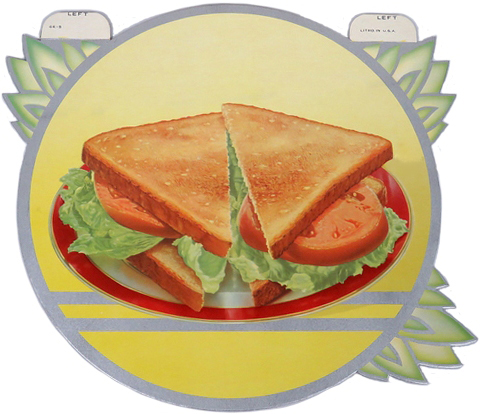
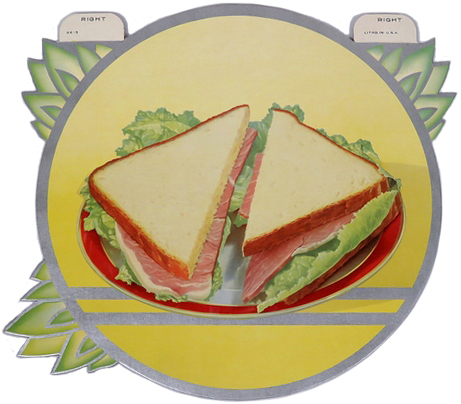
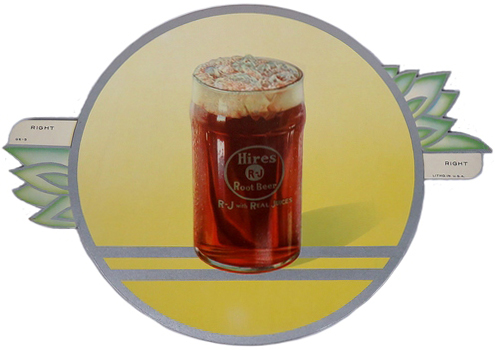
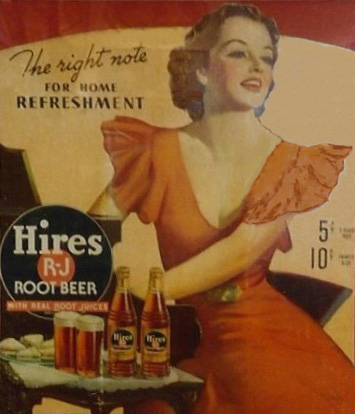
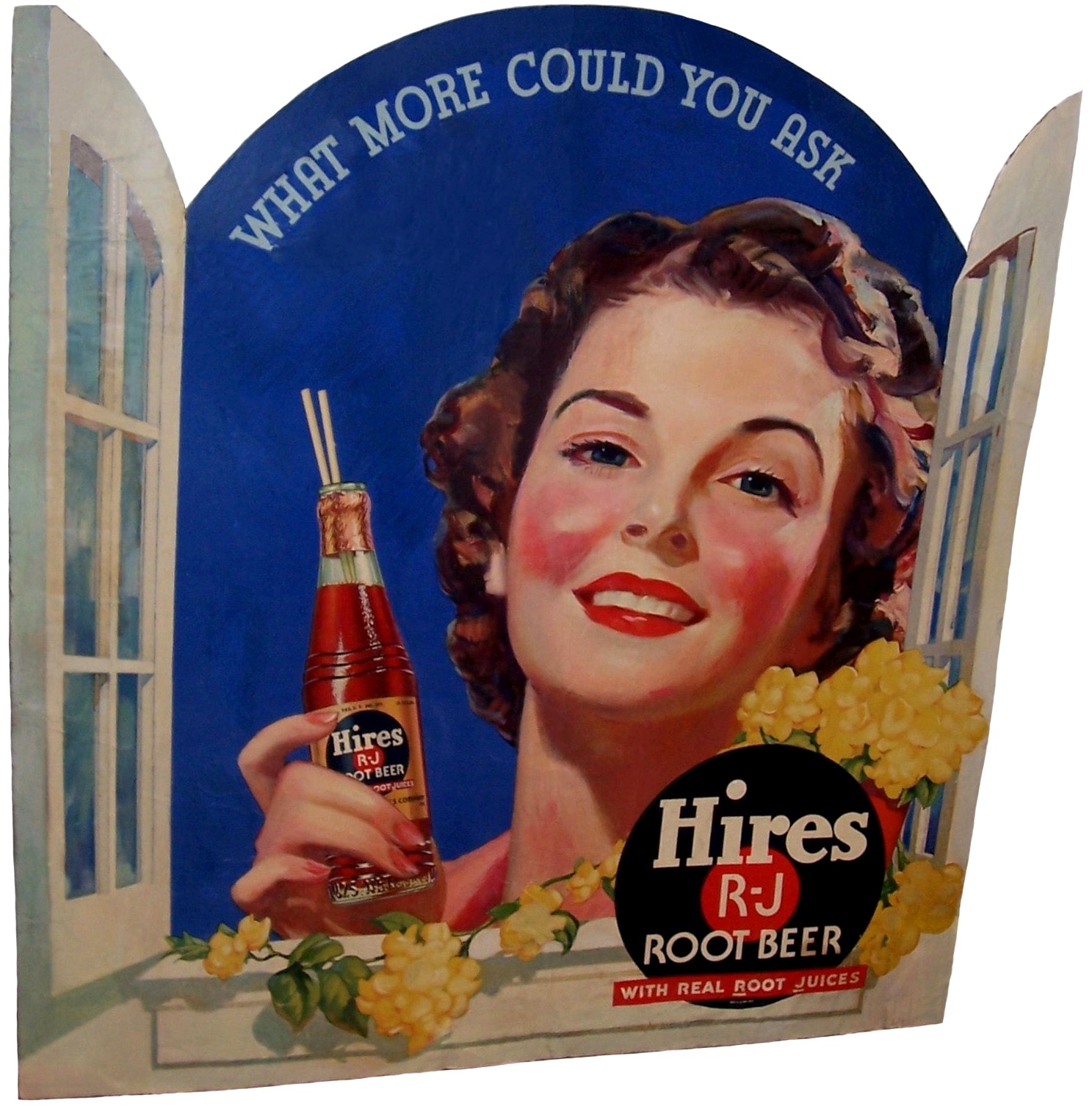

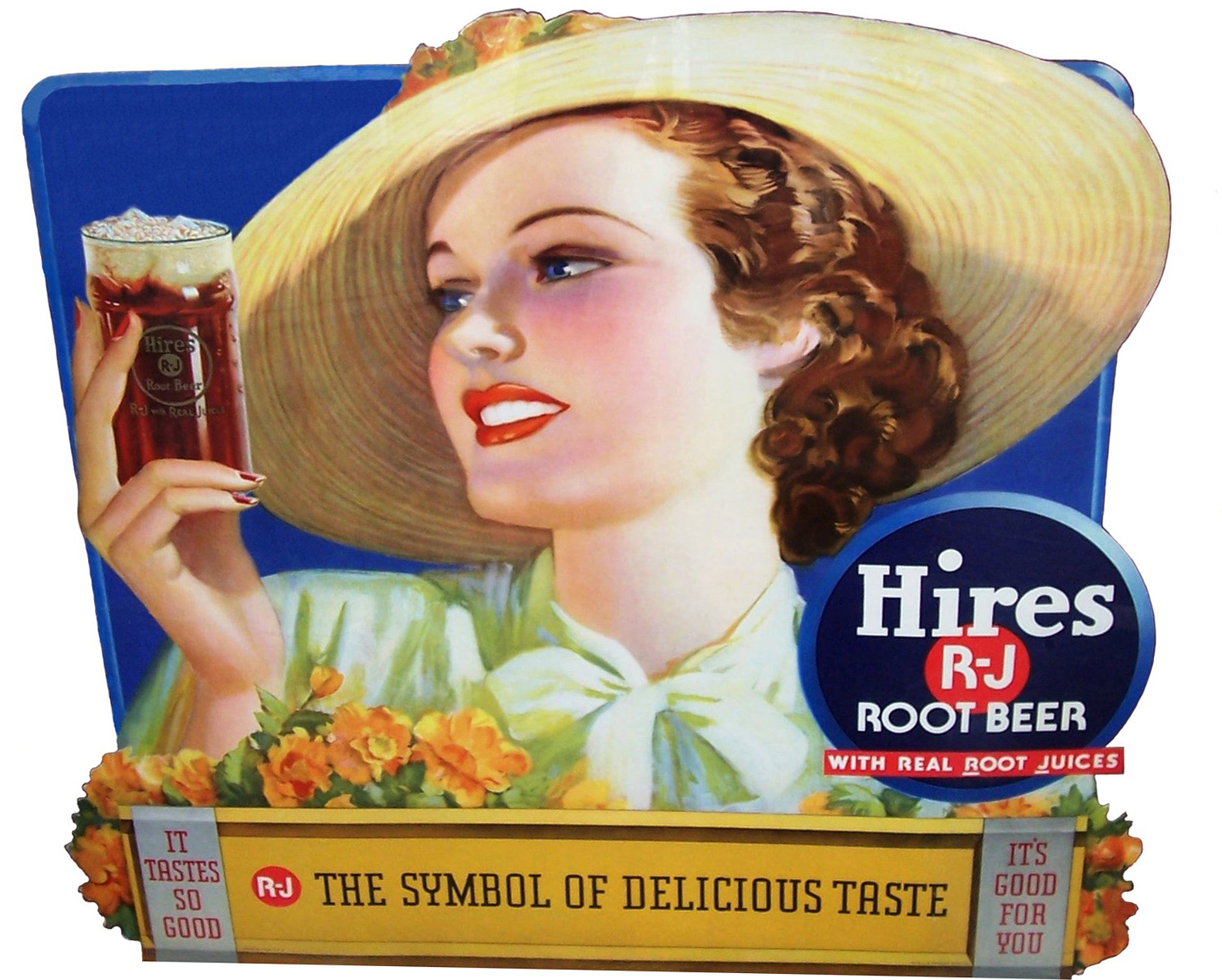
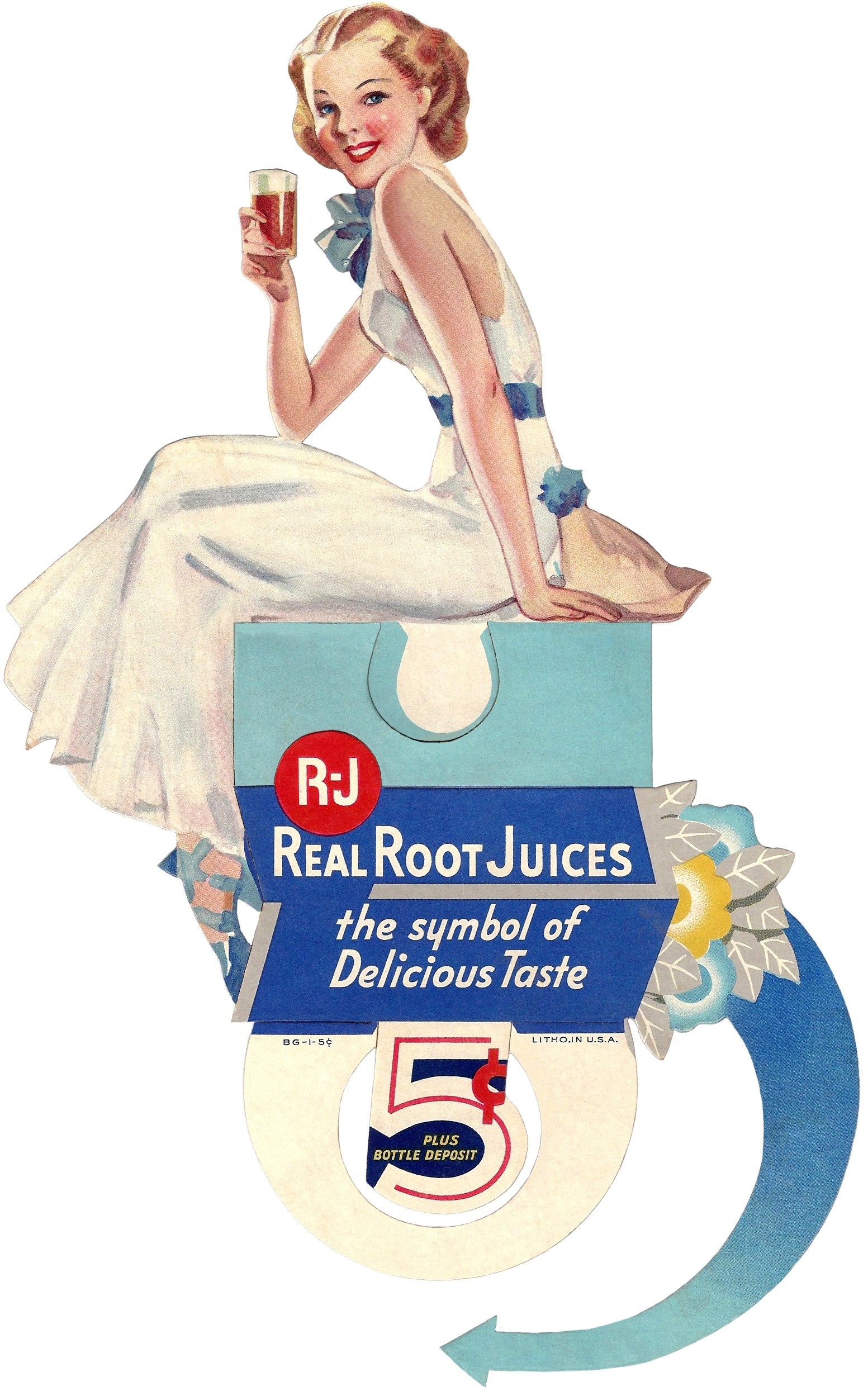
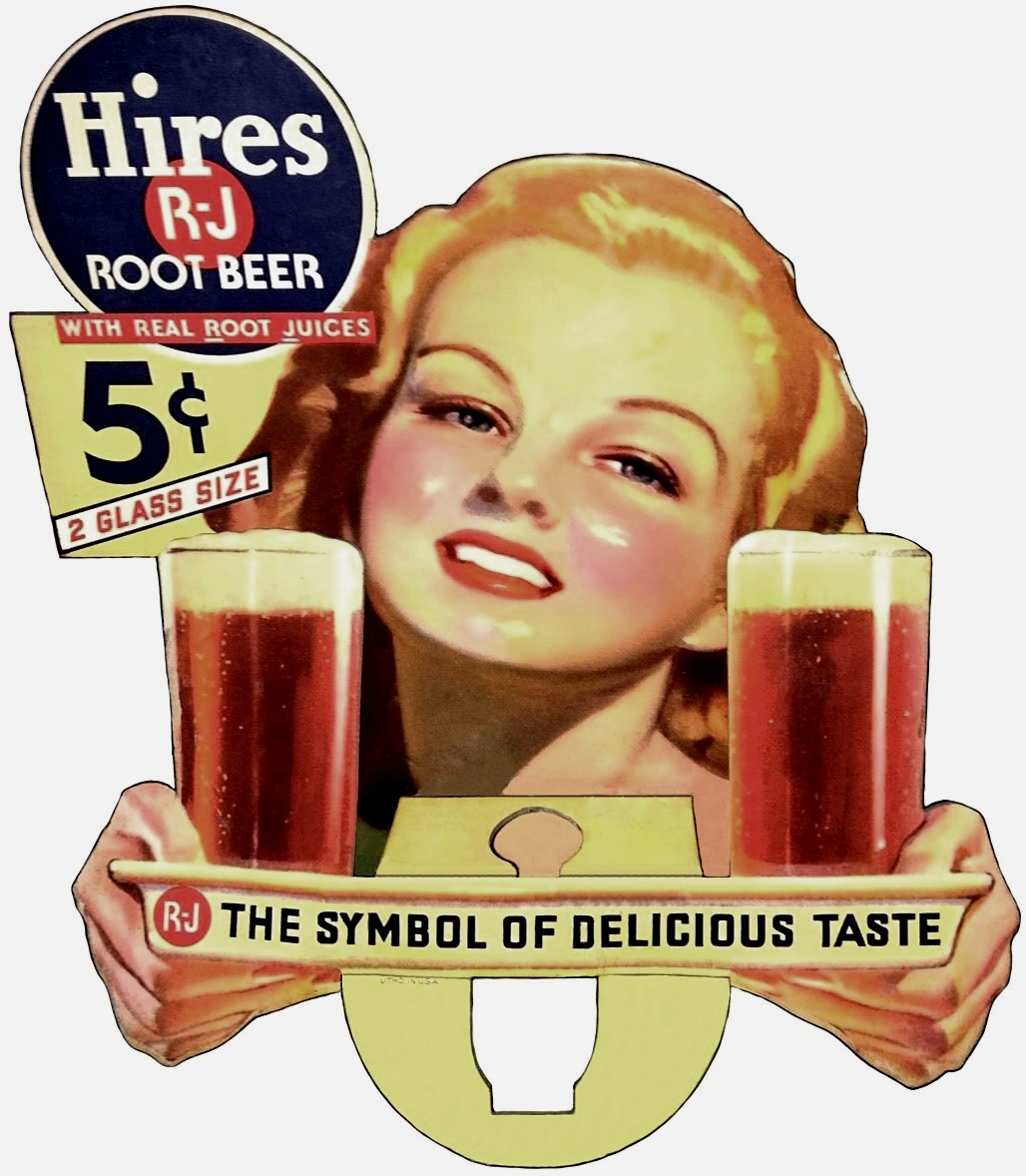
%20Root%20Beer%20With%20Real%20Root%20Juices%20-%20die-cut,%20cardboard%20triple%20bottle%20topper.jpg)
%20Root%20Beer%20With%20Real%20Root%20Juices%20R-J%20The%20Symbol%20of%20Delicious%20Taste%20with%20bottle%20deposit%20-%20die-cut%20topper.jpg)
%20Root%20Beer%20With%20Real%20Root%20Juices%205¢%20-%20cardboard%20die-cut%20topper%20from%20James%20Maley,%20ATOMAGE100%20-%20front.jpg)
%20Root%20Beer%20With%20Real%20Root%20Juices%205¢%20-%20cardboard%20die-cut%20topper%20from%20James%20Maley%20ATOMAGE100%20-%20back.jpg)
%20With%20Real%20Root%20Juices,%20Cooling%20As%20An%20Ocean%20Dip%20-%20girl%20in%20swimming%20suit%20-%20cardboard%20die-cut%20sign.jpg)
%20bottles%20on%20tabletop%20tray%20-%20black%20&%20white,%208%20x%2010.jpg)
%20With%20Real%20Root%20Juices%20-%20letter%20from%20Joseph%20Perkins%20to%20Marion%20Orange%20Crush%20Bottling%20Co.,%20Marion,%20VA%20May%2026,%201938.jpg)
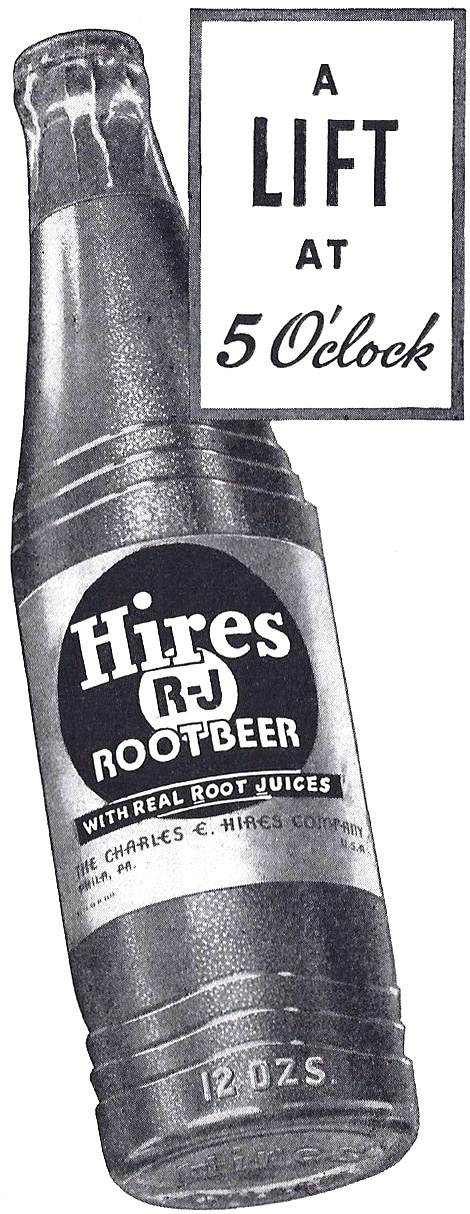
%20With%20Real%20Root%20Juices%20-%20magazine%20ad.jpg)
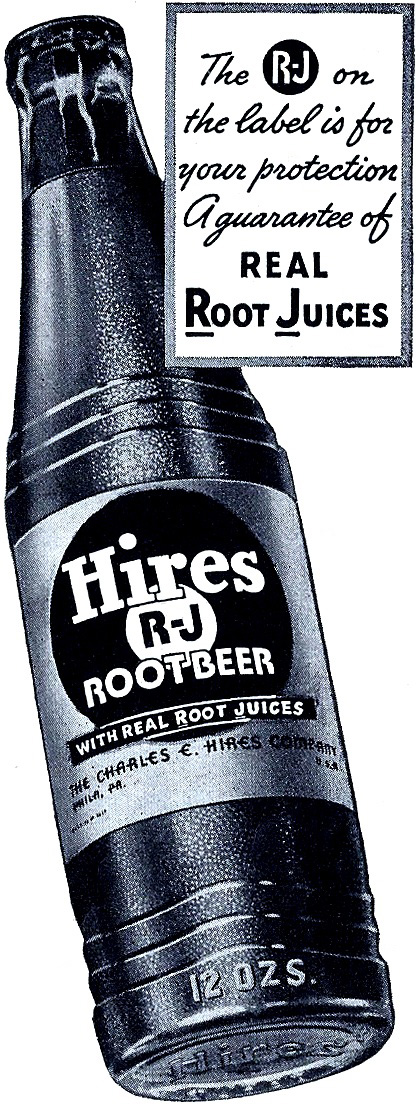
%20Root%20Beer%20With%20Real%20Root%20Juices%20-%20foil%20label%20with%20REG.%20U.S.%20PAT%20OFFICE%20above%20logo.jpg)


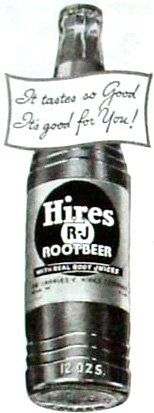
%20With%20Real%20Root%20Juices%20-%20magazine%20ad.jpg)
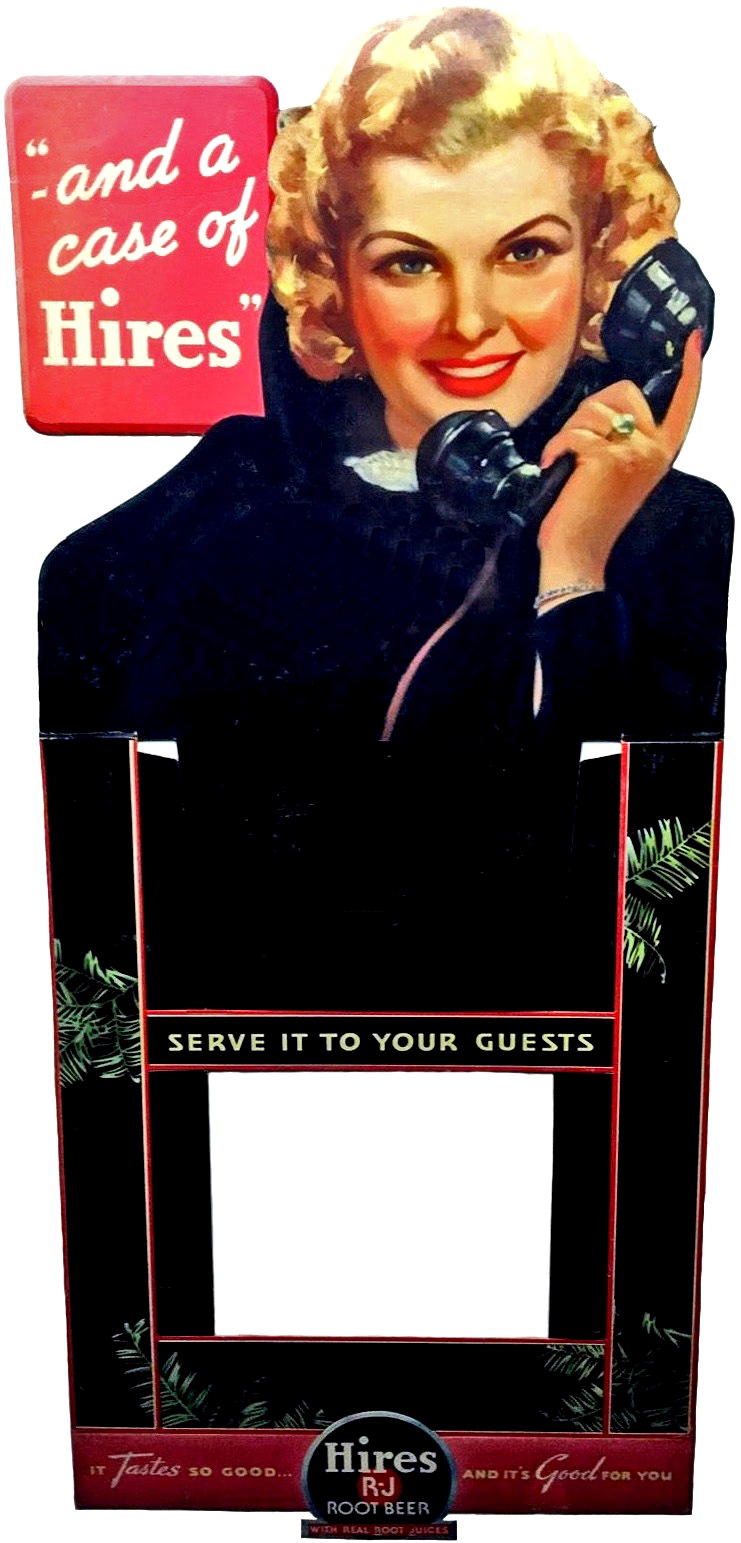
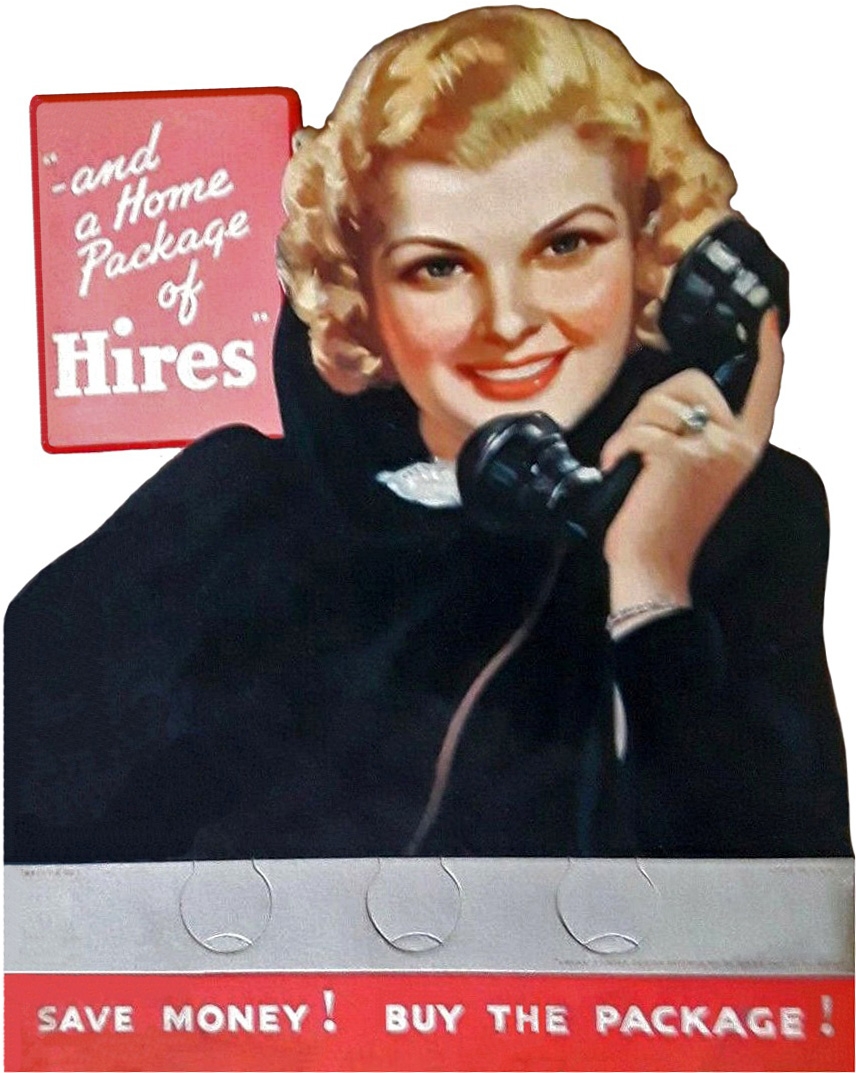
%20Root%20Beer%20With%20Real%20Root%20Juices%20-%20woman%20ordering%20by%20phone%20-%20billboard.jpg)
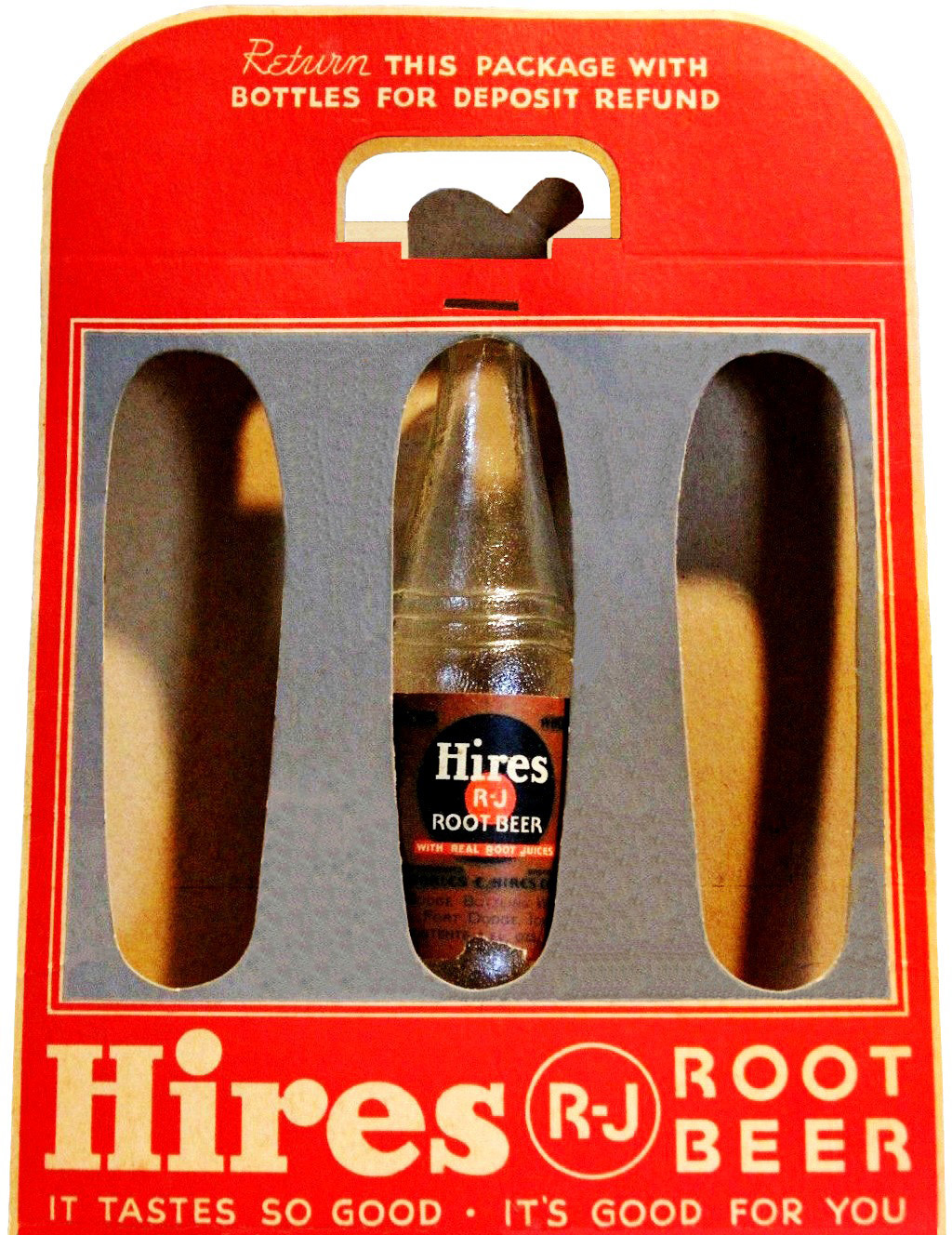
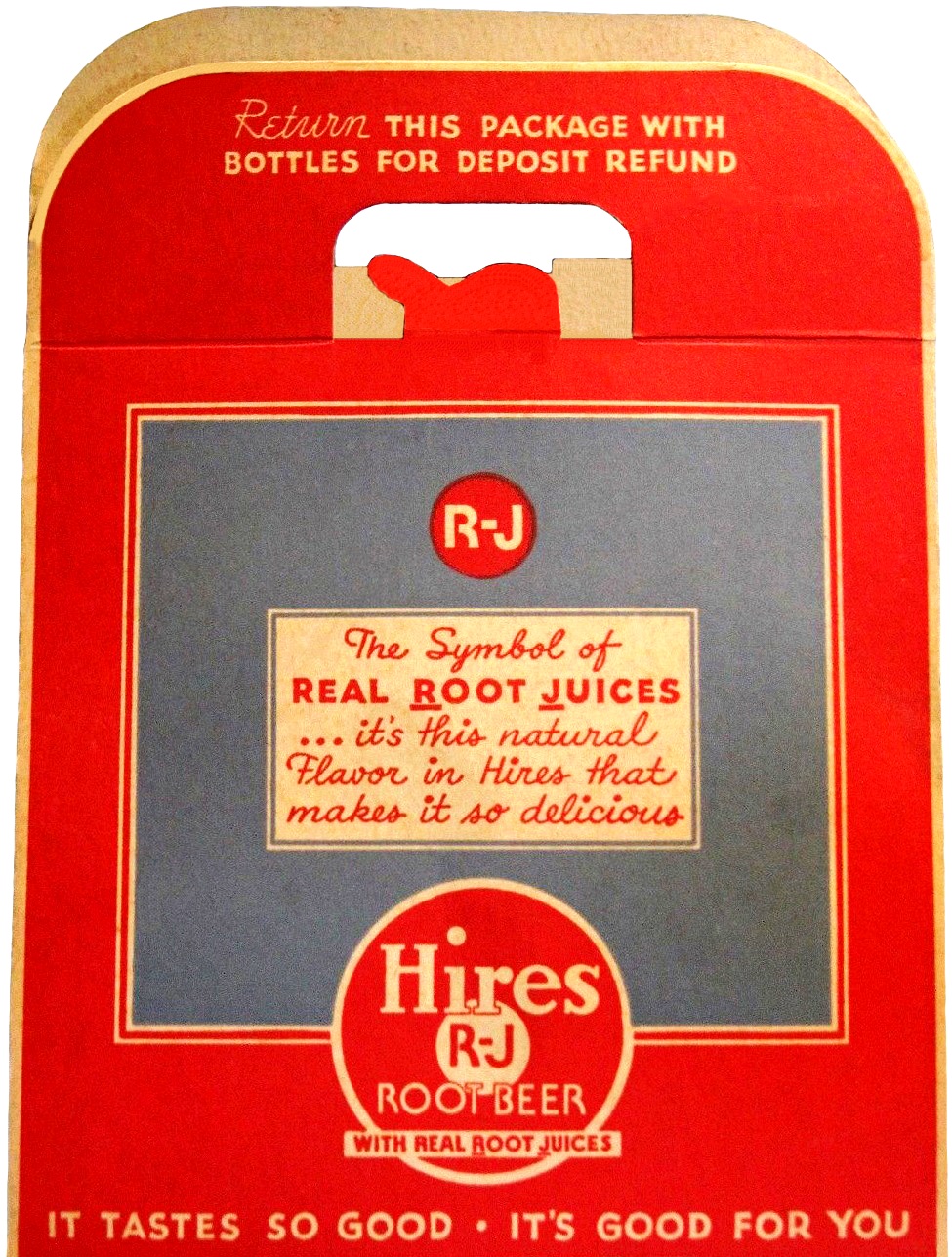
%20Root%20Beer%20With%20Real%20Root%20Juices%20-%206%20inch%20diameter%20tin%20sign,%20rolled%20edges.jpg)
%20Root%20Beer%20With%20Real%20Root%20Juices%20-%2010%20inch%20diameter%20tin%20sign%20with%20rolled%20edges.jpg)
%20Root%20Beer%20With%20Real%20Root%20Juices%20-%2012%20inch%20diameter%20string%20holder.jpg)
%20Root%20Beer%20With%20Real%20Root%20Juices%20-%2010%20inch%20diameter%20metal%20sign.jpg)
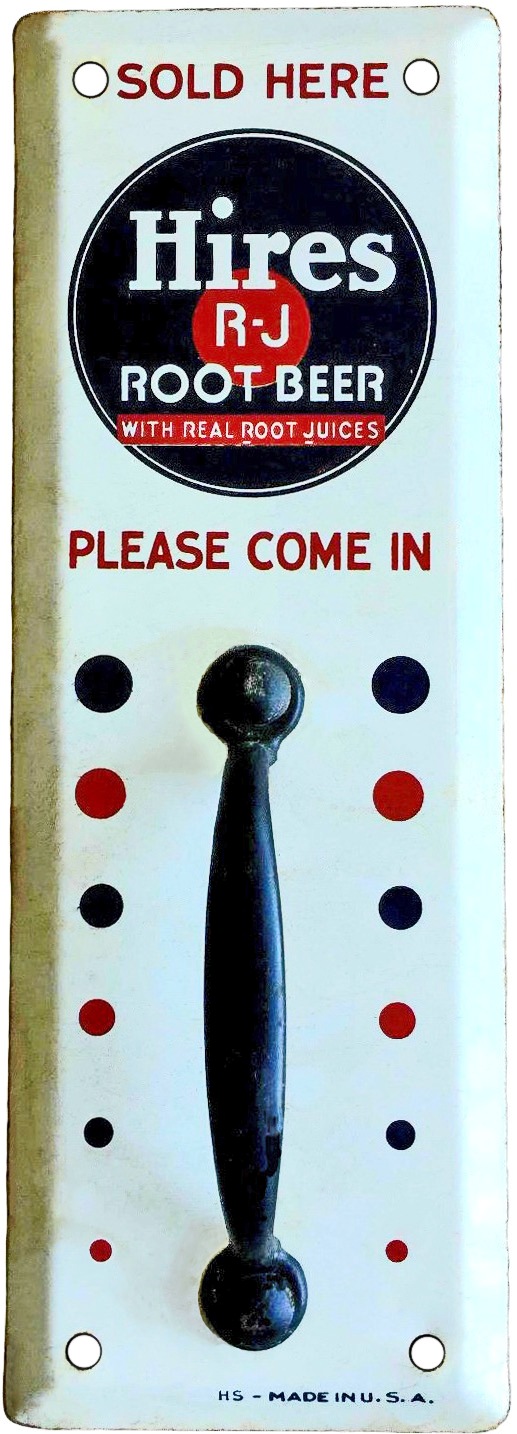
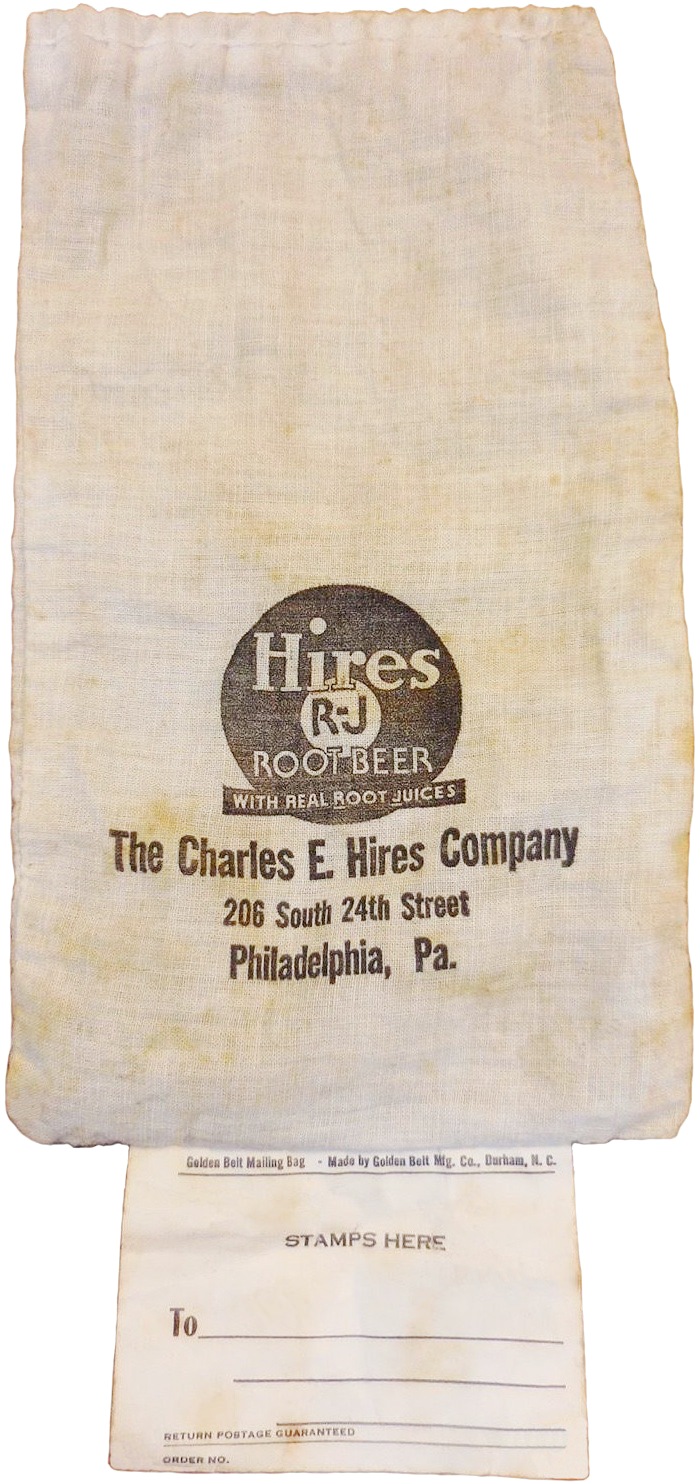

%20Hires%20Bottling%20Co.%20matchbook%20-%20front.jpg)
%20Hires%20Bottling%20Co.%20matchbook%20-%20inside.jpg)
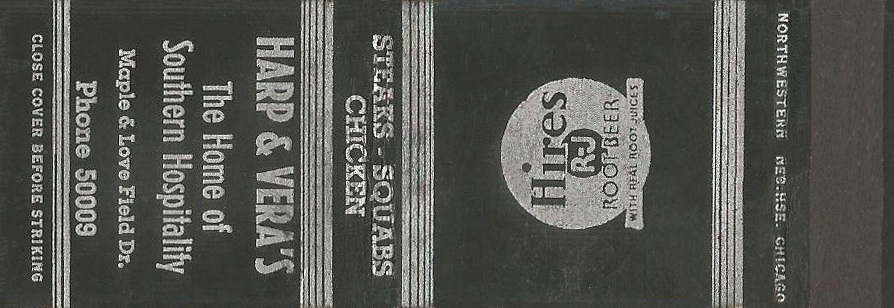
%20Root%20Beer%20With%20Real%20Root%20Juices%20Hires%20Bottling%20Co.%20of%20Okla.,%20Inc.,%20Owl%20Café,%20Okla.%20City%20-%20matchbook%20cover.jpg)
%20Root%20Beer%20With%20Real%20Root%20Juices%20Hires%20Bottling%20Co.%20of%20Okla.,%20Inc.,%20Owl%20Café,%20Okla.%20City%20-%20matchbook%20inside.jpg)
%20Root%20Beer%20With%20Real%20Root%20Juices%20Hires%20Bottling%20Co.%20of%20Okla.,%20Inc.,%20Mack's%20Café,%20Norman,%20Okla.%20-%20paper%20matchbook.jpg)
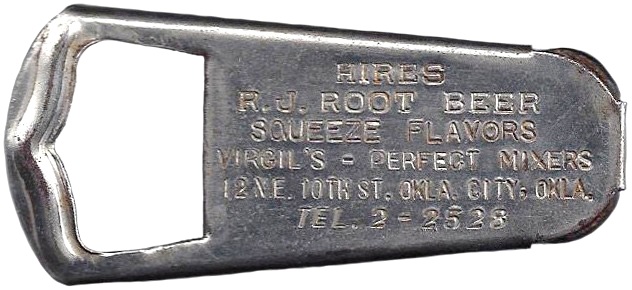

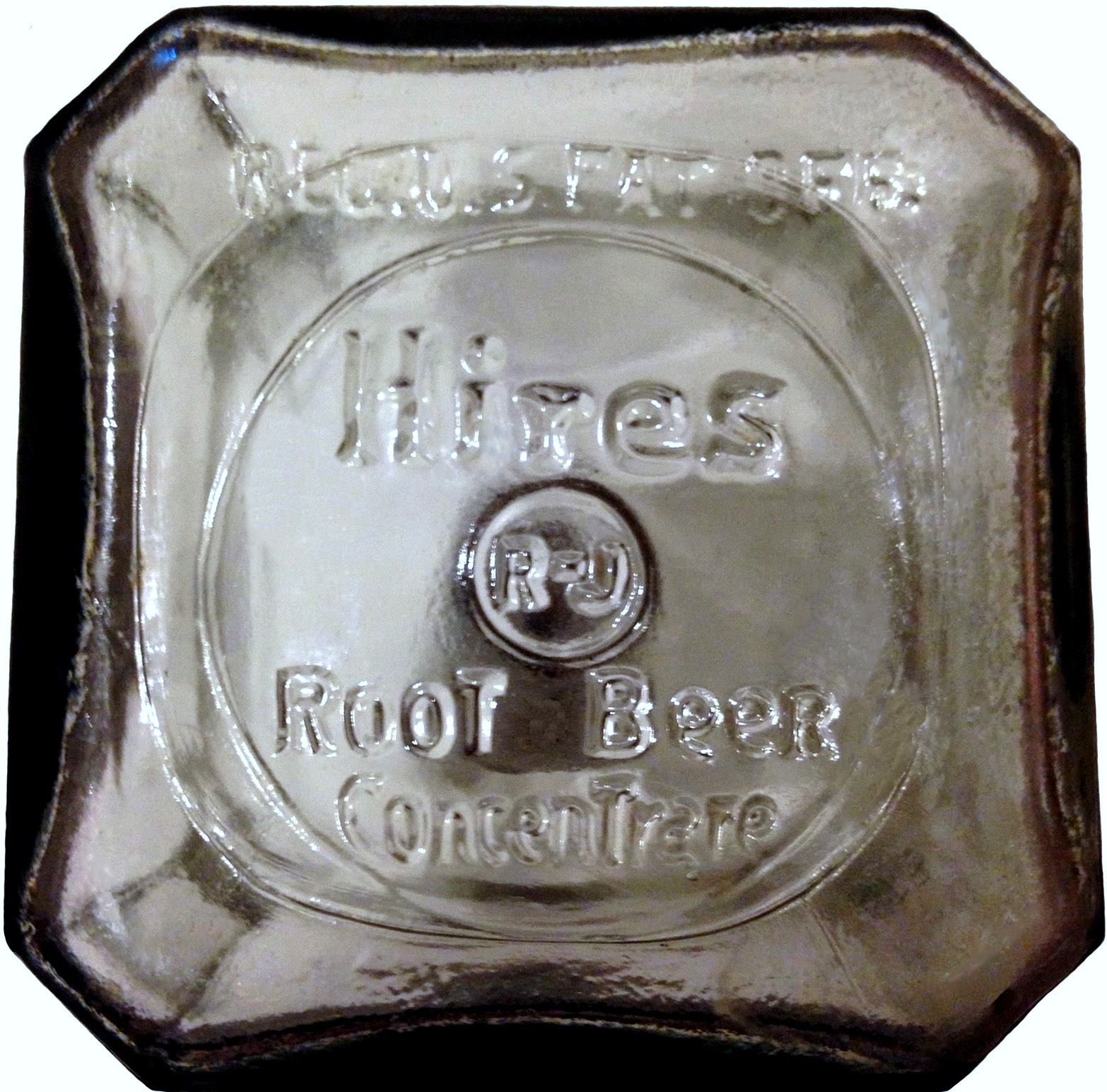

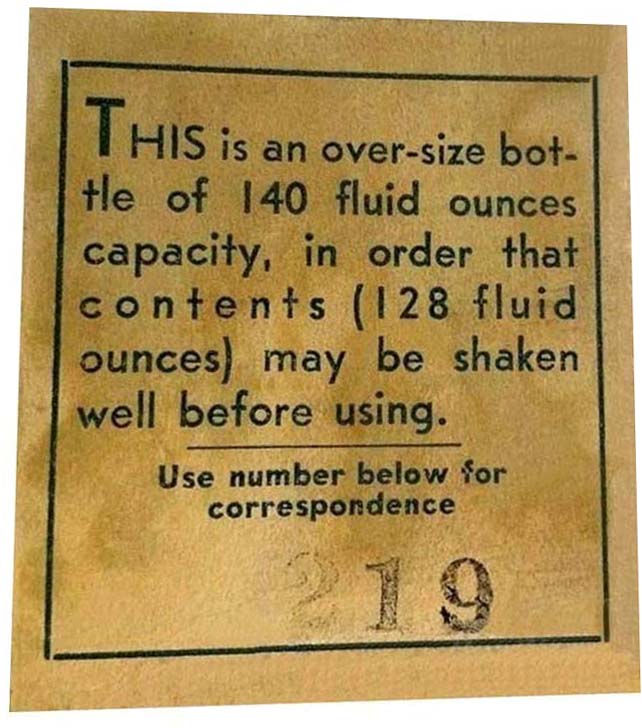

%20Root%20Beer%20With%20Real%20Root%20Juices%20electric%20wall%20clock,%20chrome%20bezel,%20glass%20Ingraham%20Co.jpg)